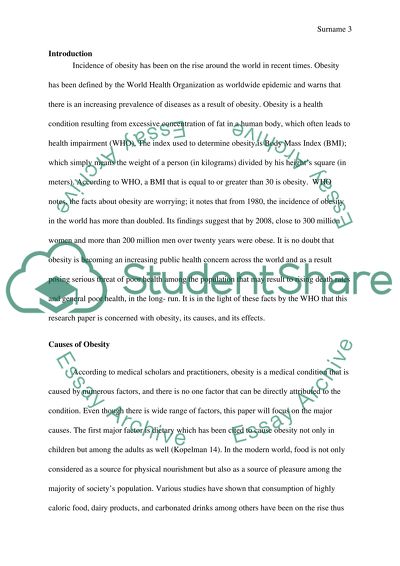Cite this document
(“Physical Education Research Paper Example | Topics and Well Written Essays - 1250 words”, n.d.)
Retrieved from https://studentshare.org/health-sciences-medicine/1440435-physical-education
Retrieved from https://studentshare.org/health-sciences-medicine/1440435-physical-education
(Physical Education Research Paper Example | Topics and Well Written Essays - 1250 Words)
https://studentshare.org/health-sciences-medicine/1440435-physical-education.
https://studentshare.org/health-sciences-medicine/1440435-physical-education.
“Physical Education Research Paper Example | Topics and Well Written Essays - 1250 Words”, n.d. https://studentshare.org/health-sciences-medicine/1440435-physical-education.


